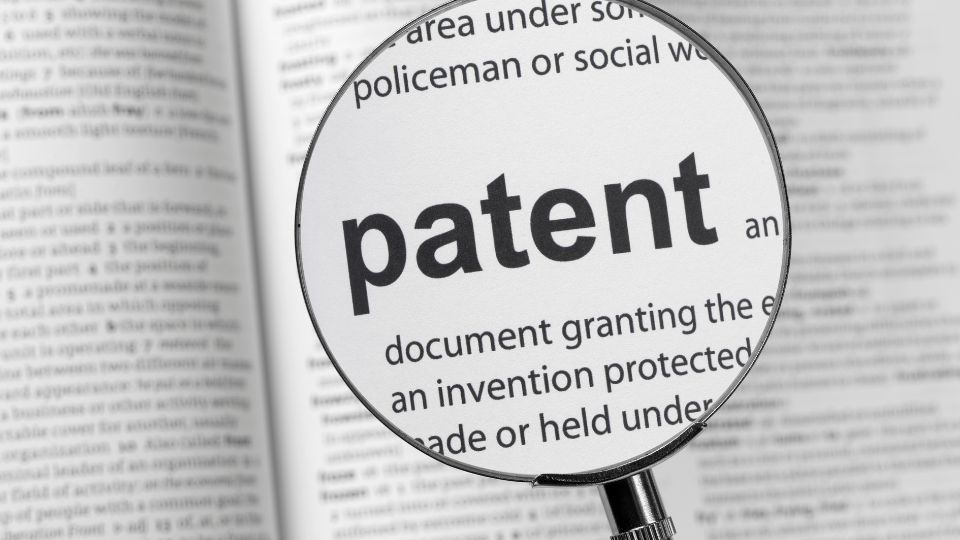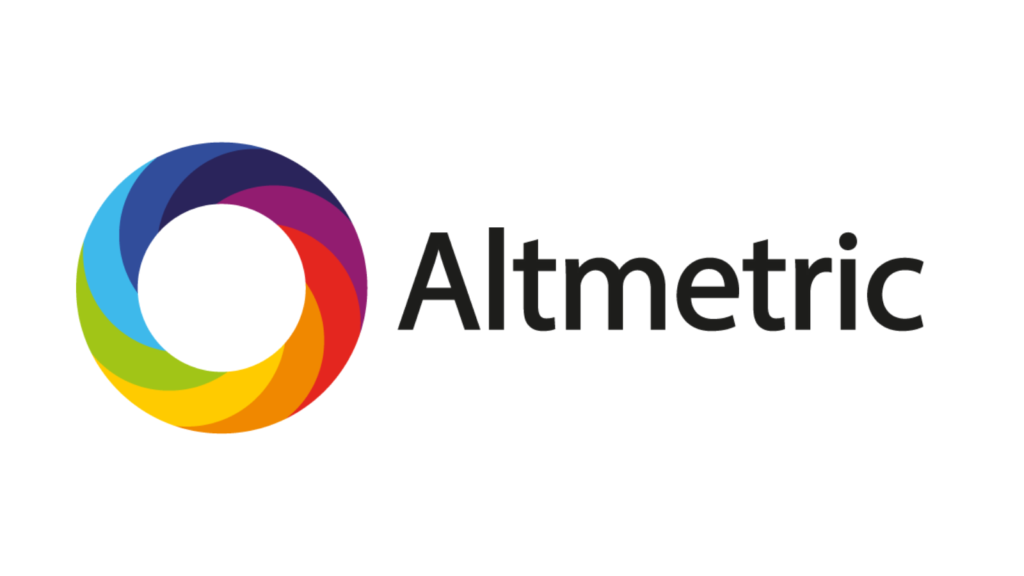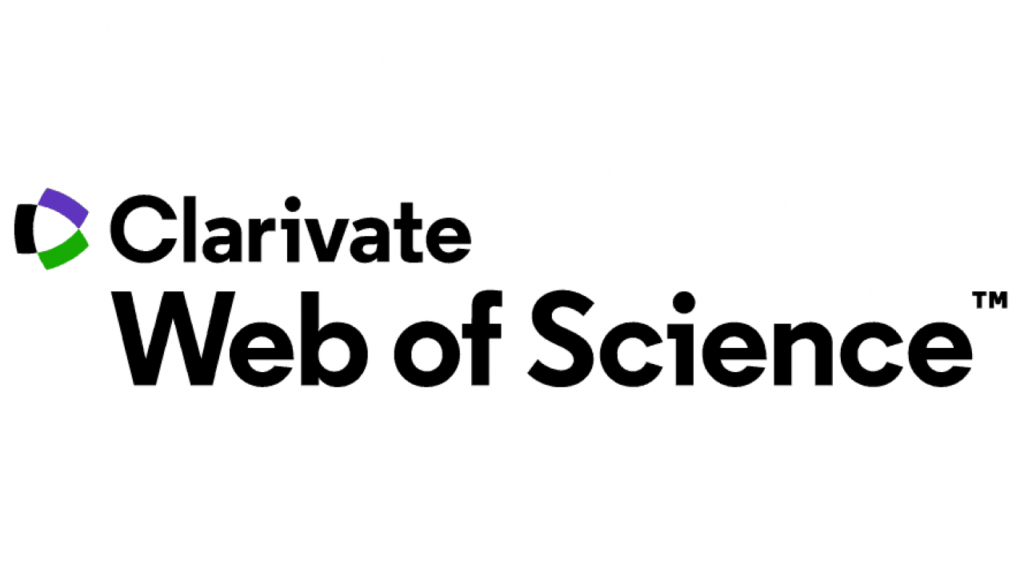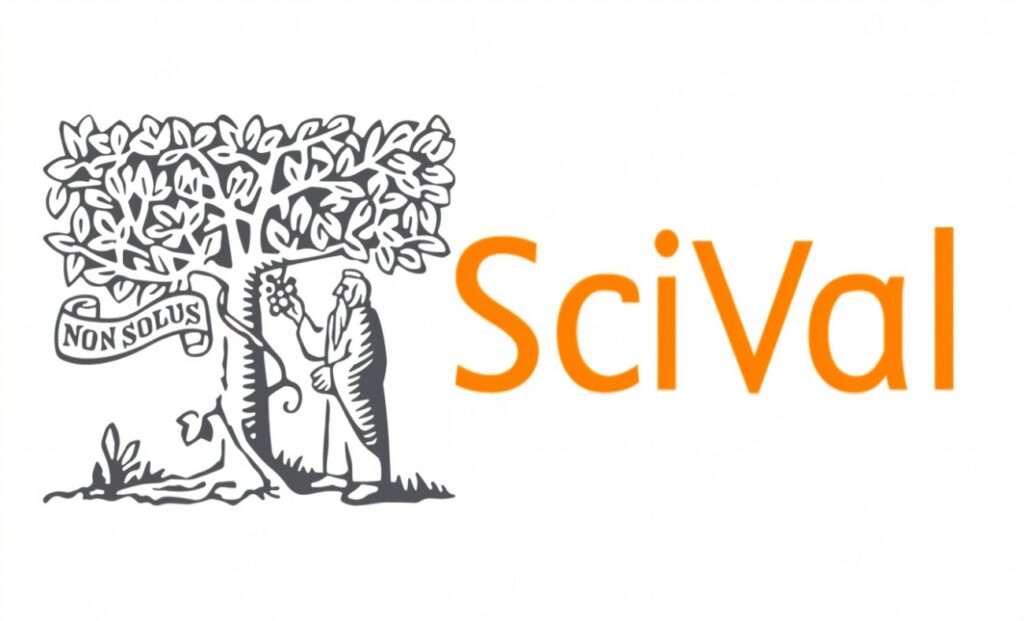
Research Impact beyond the Academia 1: Patent Citations
— by Chloe Ng
Introduction
Citation metrics, which measure the number of citations a publication receives from other scholarly publications, are commonly used as indicators of research performance. However, these metrics often fall short in capturing the broader societal impacts of research. This blog post explores alternative indicators of impact, providing insights from patent citations on how research translates into practical applications and innovations in the real world.
Patent Metrics
Patents are a type of intellectual property that gives the inventor or owner exclusive rights for a limited time, usually granted by a government or international organization. They provide legal protection for inventions, allowing inventors to benefit financially from their creations when contributing to technological progress.
Patent metrics measure the citations of research publications and other patent documents in patent papers. While patent metrics include a wide range of analyses, including patent-to-paper citations, patent-to-patent citations, and patent citation network analysis, this blog post focuses on patent citations, which count the number of patent documents that cite a research publication.
Access Patent Metrics
Within HKU Libraries’ subscriptions, patent metrics can be accessed via SciVal Impact Module, Derwent Innovations Index on the Web of Science, and Altmetric Explorer. Each platform has a unique scope and coverage, as described below.

Patents data is supplied to Altmetric Explorer by IFI Claims, a patent data platform from Digital Science. It covers over 165 million patent records from over 105 countries (IFI Claims Patent Services, n.d.).

Derwent Innovations Index on the Web of Science provides access to more than 65 million patent documents (Clarivate, n.d.). It sources data from The Derwent World Patents Index, a proprietary patent database from Clarivate covering more than 105.4 million patent documents from 59 worldwide patent authorities.

The Patent data in SciVal comes from LexisNexis Intellectual Property DataDirect, which covers over 155 million documents. As of November 2024, SciVal has mapped 3.8 million patent documents from 43 global Patent Offices to Scopus publications (Elsevier, n.d.).
Given the differences in data coverage and indexing approaches, the patent citations retrieved may vary for the same article across different platforms. The table below shows the patent citation counts of the five most highly cited* articles by HKU authors in 2020, with data retrieved on 10 March 2025.
(Note: This refers to number of citations received by the articles from other scholarly publications indexed in Scopus.)
These variations highlight that the number of patent citations retrieved greatly depends on the database used. While patent citations alone do not directly measure social, economic, and technological impacts, the retrieved numbers and patents provide hints to help discover social impact. Therefore, it is important to supplement patent metrics with qualitative analyses to gain a more comprehensive understanding.
| Article Title | Altmetric Explorer | Derwent Innovations Index | SciVal (Impact Module) |
| Clinical characteristics of coronavirus disease 2019 in China | 25 | 0 | 65 |
| Early transmission dynamics in Wuhan, China, of novel coronavirus-infected pneumonia | 26 | 15 | 29 |
| A familial cluster of pneumonia associated with the 2019 novel coronavirus indicating person-to-person transmission: a study of a family cluster | 49 | 29 | 47 |
| Detection of 2019 novel coronavirus (2019-nCoV) by real-time RT-PCR | 140 | 85 | 152 |
| SARS-CoV-2 viral load in upper respiratory specimens of infected patients | 21 | 17 | 32 |
Limitations of Patent Metrics
While patent metrics provide a way to understand how science contributes to technical innovation, they should always be interpreted with caution. Similar to other research metrics, quantity does not equate to quality. The quality of new technological innovations varies significantly, and this variability is also reflected in patents, which often precede these innovations.
Unlike academic journal articles, patent papers contain two types of references: those added by the applicants, usually the inventors, and those added by the examiners (Hammarfelt, 2021). Examiner references typically appear on the front page or a separate data sheet, whereas applicant references are usually embedded within the patent text itself. Studies have shown that citations in patent documents have certain bias due to differences in citing practices by patent applicants and examiners (Motohashi et al., 2024).
Patent citations also have limitations in capturing the full scope of how academic research influences industry. To begin with, not all innovations are patented, and not all scientific contributions are cited. Study shows that patent citations cannot reflect knowledge transfers that occur through informal or private collaborations between academic scientists and commercial firms, since knowledge sharing is not formally documented (Roach & Cohen, 2013). Citations may underrepresent the role of public research in foundational scientific discoveries, since these are less likely to result in patents compared to applied research. Additionally, patent citations rarely reveal how firms use academic insights to troubleshoot specific technical challenges during product development.
Given the limitations, we shall always consider multiple data sources and platforms when evaluating social, economic, technical impacts with patent metrics, and to complement patent metrics with other qualitative indicators for a comprehensive understanding of research performance.
Extended Readings
References
Clarivate. (n.d.). Derwent Innovations Index. Derwent Innovations Index. https://webofscience.help.clarivate.com/en-us/Content/derwent/derwent.htm
Dimensions. (n.d.). Information about patent data in dimensions. https://dimensions.freshdesk.com/support/solutions/articles/23000012996-information-about-patent-data-in-dimensions
Elsevier. (n.d.). Where does the patent data come from?. Where does the Patent Data come from? – SciVal Support Center. https://service.elsevier.com/app/answers/detail/a_id/37294/supporthub/scival/
Hammarfelt, B. (2021). Linking science to technology: the “patent paper citation” and the rise of patentometrics in the 1980s. Journal of Documentation, 77(6), 1413-1429. https://doi.org/10.1108/JD-12-2020-0218
IFI Claims Patent Services. (n.d.). Claims Direct Data Collection. https://www.ificlaims.com/product/data-collection.htm
Motohashi, K., Koshiba, H., & Ikeuchi, K. (2024). Measuring science and innovation linkage using text mining of research papers and patent information. Scientometrics, 129(4), 2159–2179. https://doi.org/10.1007/s11192-024-04949-w
Roach, M., & Cohen, W. M. (2013). Lens or Prism? Patent Citations as a Measure of Knowledge Flows from Public Research. Management Science, 59(2), 504–525. https://doi.org/10.1287/mnsc.1120.1644


